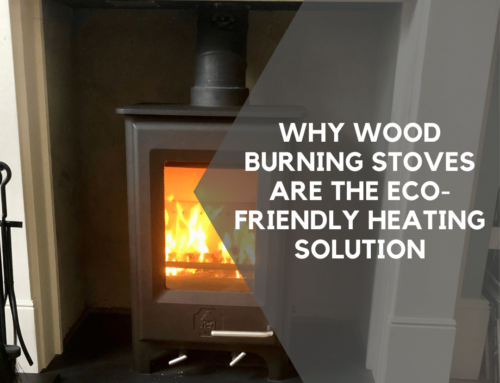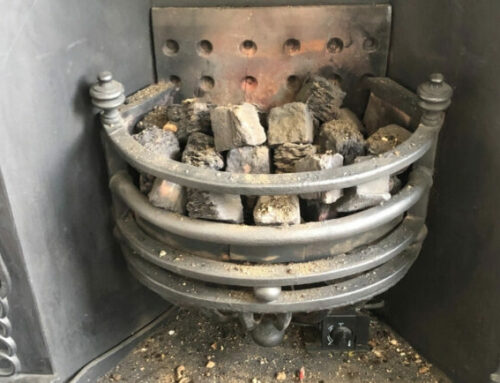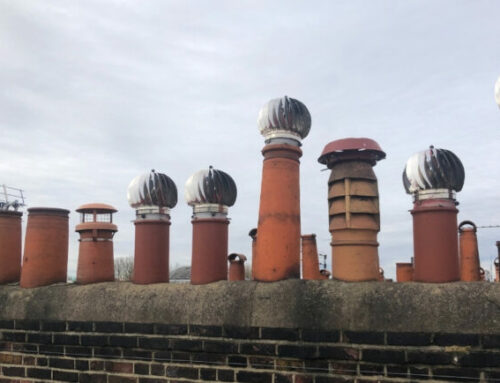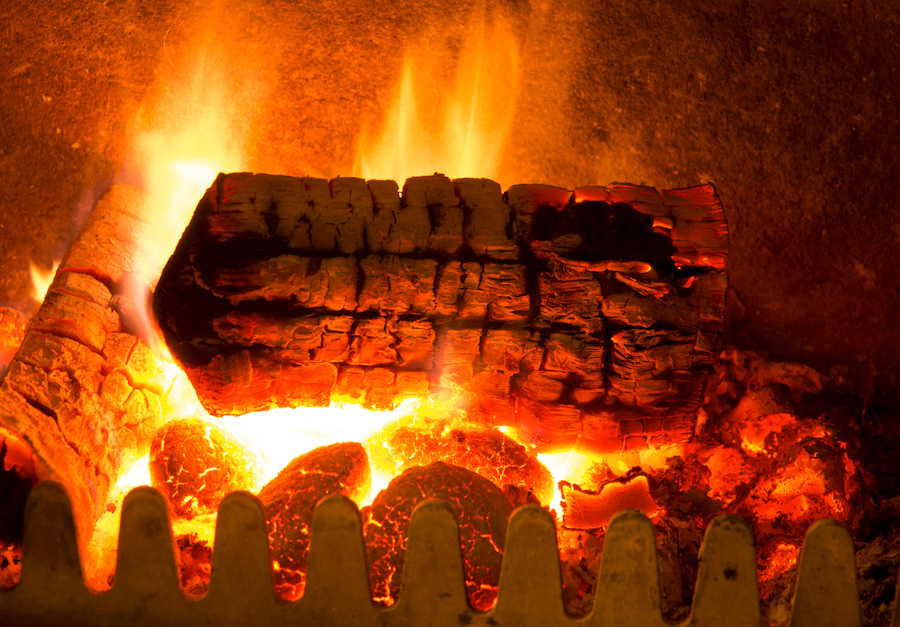
Modern fireplaces and wood-burning stoves provide a low-emission, renewable source of heat. Many people have developed a lack of confidence when it comes to wood-burning stoves due to how they affect the environment. Since 2015, wood-burning stoves have been frowned upon for producing too many emissions. In today’s blog, we’re going to be debunking common myths about wood-burning stoves, so you can feel more confident about using yours this winter.
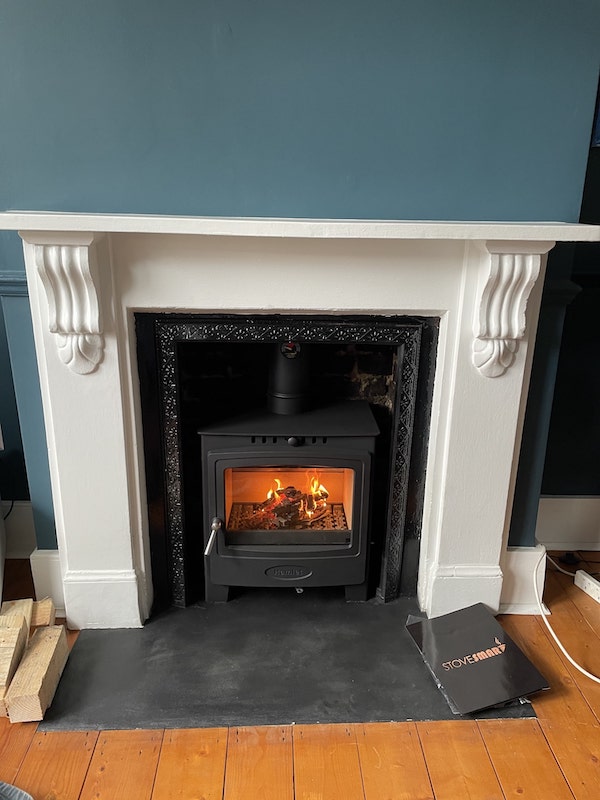
‘Wood-burning stoves are polluting the planet!’
According to a 2014 survey, 6 million tonnes of wood were thought to be burned annually. This equates to more than half of the wood used annually in the UK for industrial, packaging, and construction purposes. In reality, there are more like 1.75 million tonnes.
A wood stove is said to produce the same amount of pollution as 15 diesel cars. This statement was based on a test in which a car travelled slowly while the stove burned quicker than usual. Researchers only examined exhaust-related pollution, despite approximately half of a car’s particle pollution coming from the tyres and brakes. They ignored the fact that car exhausts are ground-level and chimneys emit air pollution. Due to the efficiency of modern stoves, burning wood produces an equal amount of carbon dioxide as it absorbs.
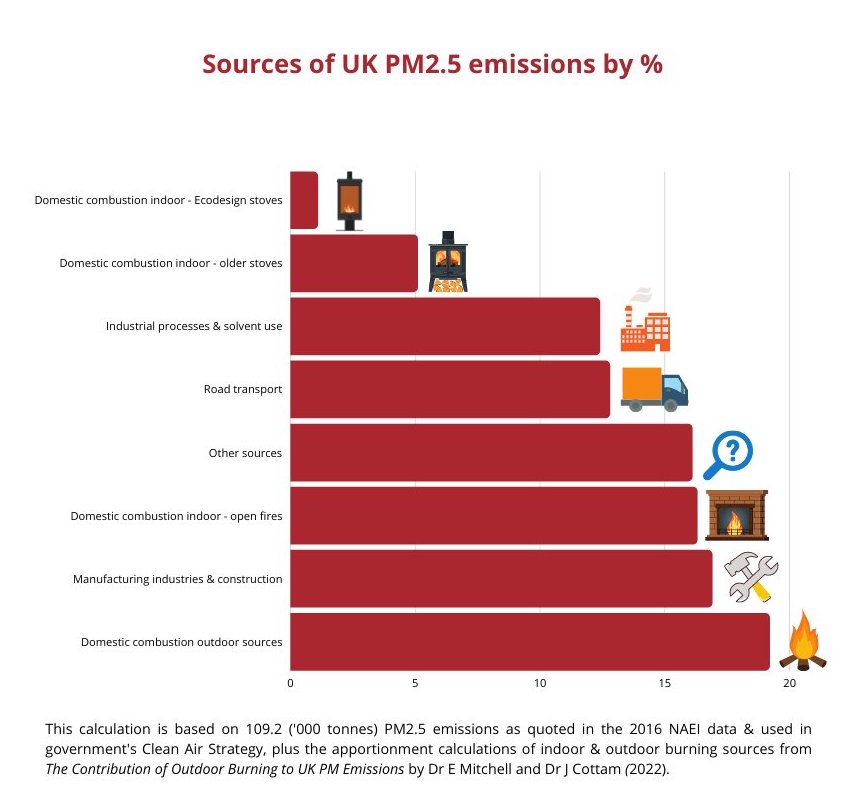
The truth about wood-burning stoves
For a future with low carbon emissions, modern wood stoves are essential. For the average home, a wood-burning stove is currently 33% less expensive than electric heating and 13% less expensive than gas central heating. Modern stoves use around a third less wood than open fires yet deliver the same amount of heat into a room.
Using locally available, renewable wood fuel for house heating helps lower its carbon footprint. Modern wood stoves emit almost no smoke when properly seasoned wood fuel (like Ready to Burn) is used. When compared to an older stove, a contemporary one can reduce particle emissions by 80%. With each new burner, producers try to lower this.

‘Firewood burning stoves waste energy!’
This common belief has stemmed by misinformation in the media and a failure to distinguish between new, eco-designed wood-burning stoves and old traditional stoves that produce high levels of pollution. Old stoves use a lot of fuel and harm the environment since they don’t burn as efficiently as wood burners and up-to-date stoves.

‘Aren’t open fires more efficient?’
Another common belief is that open fires are more efficient than wood-burning stoves. That is untrue! When using an open fire, it’s difficult to direct the heat where you want it and 75% of the heat produced escapes through the chimney. A wood-burning stove allows for more effective temperature control. When the door is closed, just 30% of the heat is lost through the chimney.
A stove is a wonderful addition to any fireplace; it looks lovely and provides effective, affordable heating for your home while being environmentally friendly.
At SweepSmart, we offer fireplace and stove installations along with a comprehensive after-sales option. Feel free to contact us to make an appointment or get some advice – we would be happy to hear from you.


